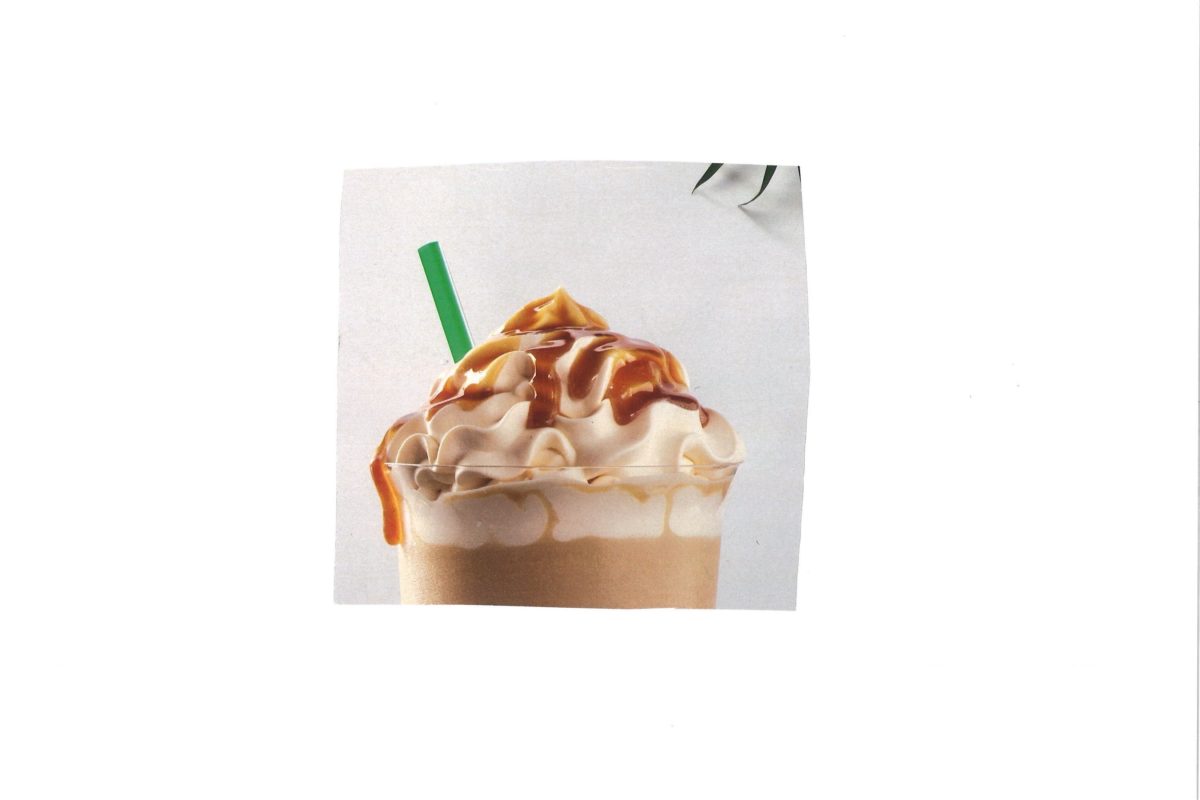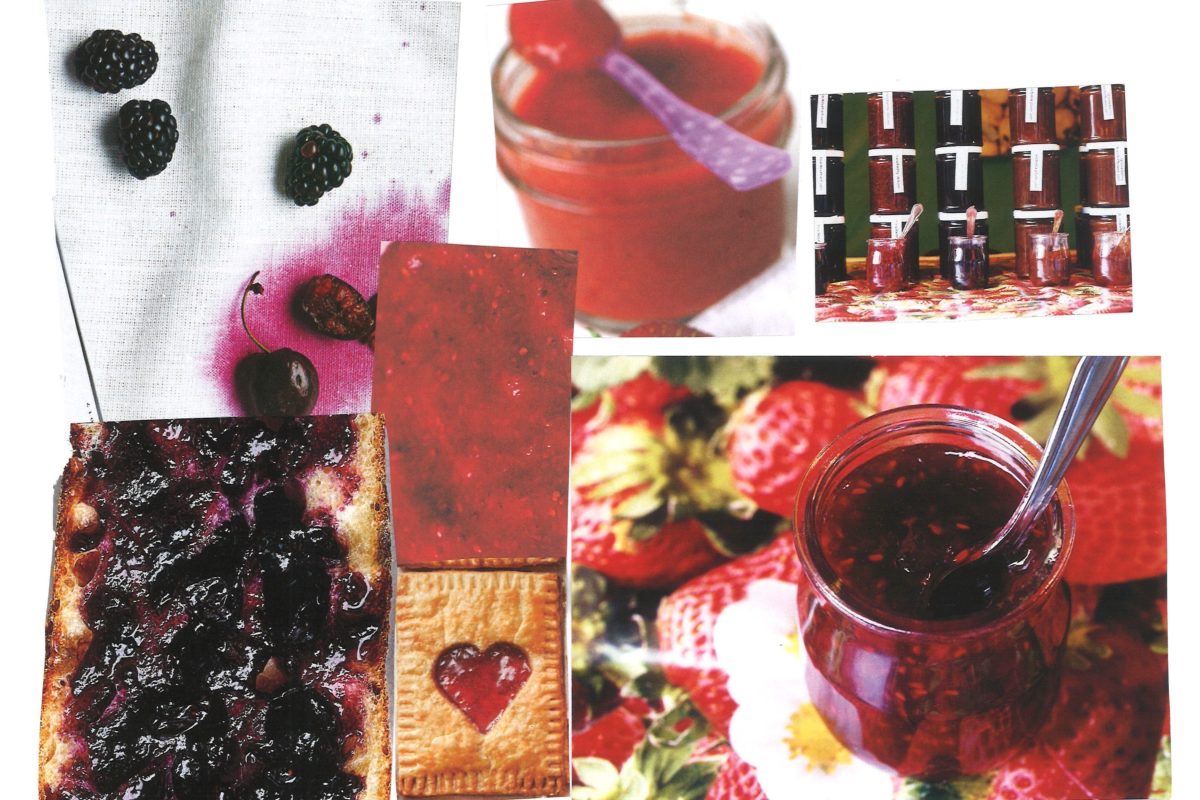What’s the Difference Between Ice Cream, Gelato, Frozen Yogurt, Sorbet, Sherbet, and Sherbert?
Welcome to What’s the Difference: FROZEN DESSERTS EDITION. This is such a rich category that it could easily be divided up into multiple weeks, but why should you be deprived of the pleasure of absorbing all of this textured knowledge all at once?
It’s getting hot over here, and whatever frozen dessert we’re eating is starting to melt, so let’s get right into it—starting with:
ICE CREAM VS. GELATO VS. FROZEN YOGURT
There are lots of variations in the ice cream category—and that’s even before we get into the actual flavors—so we’re going to keep it somewhat simple. In the United States, all ice creams must contain at least 10% butterfat (fat from cream and milk). Standard or “Philadelphia-style” ice creams are made with cream, milk, sugar, and various other minor ingredients; French or custard ice creams have the addition of egg yolks. (Therein lies the difference between vanilla and French vanilla flavors—French vanilla gets its yellow color from those yolks.). Ice cream is usually served at around 0–10°F, which gives it that classic, just-scooped-from-the-chest-freezer texture.
On the other hand, gelato is only required by Italian law to have 3.5% butterfat—significantly less than American ice cream. And because the more butterfat a mixture contains, the more air it’s able to absorb while churning, gelato contains significantly less air than ice cream—which makes it taste richer and more flavorful. It’s also served at a warmer temperature—between 10–20°F—giving it a softer, glossier texture.
Frozen yogurt, which became popular in the seventies and eighties, also contains significantly less butterfat than regular ice cream; it’s able to stay frozen thanks to various additives, such as corn syrup, powdered milk, or vegetable gums. It actually barely contains any yogurt at all; according to Harold McGee’s On Food and Cooking, the standard proportion of other dairy to yogurt is 4:1. And depending on the recipe, the yogurt bacteria cultures may be entirely eliminated throughout the process, depriving you of the good-gut stuff that comes along with them.
Now, let’s head into:
SORBET VS. SHERBET VS. SHERBERT
This one is a little easier. Sorbet is simply a mix of fruit, water, and sugar, which is then churned together like ice cream. Sherbet is sorbet with the addition of a bit of milk or cream; according to USDA regulations, it must contain 1–2% butterfat.
And sherbet vs. sherbert? According to Merriam Webster, they’re the same thing:
The word in question is from Turkish and Persian words that both trace back to the Arabic word sharba, meaning “drink.” All three words—the Turkish and Persian words are şerbet and sharbat, respectively—lack an “r” in the second syllable, but when the word was imported into English in the early 17th century, it was coming from languages many English speakers considered exotic, and spelling was all over the place. Among the many variations that existed in the early years, two that appeared then are still in use today: sherbet and sherbert.
By the late 18th century sherbet had become the established spelling, but after only a few intermittent uses in the 18th and 19th centuries, sherbert staged a minor comeback in the 20th century. It’s now a fully established (though far lesser-used) variant.
So, now you have lots of fun facts to bring with you into your pre-July 4th celebrations this weekend. Stay cool!
If you liked this, subscribe to the What’s the Difference newsletter here!






